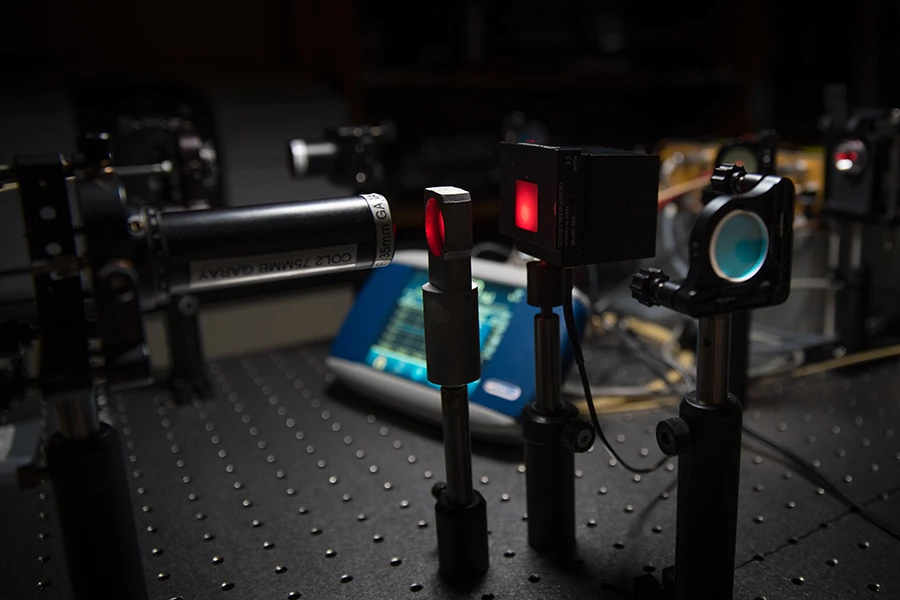In theory, ceramics are great materials for encasing electronics. They’re tough, they insulate against electricity, protect against heat, and in the case of implants in the body, they’re biocompatible. The problem is that fusing ceramics together requires high heat, which would destroy electronic components. Now, researchers have developed a new way to weld ceramics together at room temperature, using ultrafast laser pulses.
To lock them into the shape needed and make them sturdy and solid, ceramic objects are first fired in a furnace. That’s fine in many cases, but it doesn’t work so well if they’re made as shielding for electronics.
“Right now there is no way to encase or seal electronic components inside ceramics because you would have to put the entire assembly in a furnace, which would end up burning the electronics,” says Javier Garay, senior author of the study.
So the team, involving scientists from UC San Diego and UC Riverside, came up with a solution. Heat is still a necessity to join bits of ceramic, but rather than apply it to the whole object, the researchers focused it on the seams using a process they call ultrafast pulsed laser welding.
“By focusing the energy right where we want it, we avoid setting up temperature gradients throughout the ceramic, so we can encase temperature-sensitive materials without damaging them,” says Garay.
Similar ultrafast laser pulses have been used before to weld materials that don’t normally mesh together well, such as clear plastics or metal to glass.

For this project, the UC researchers tweaked the laser and the ceramic material to find the set of parameters that worked best. The ceramic had to be just the right transparency, and the team had to figure out the right exposure time, and the number and duration of the laser pulses, that gave the best results.
“The sweet spot of ultrafast pulses was two picoseconds at the high repetition rate of one megahertz, along with a moderate total number of pulses,” says Guillermo Aguilar, co-lead author of the study. “This maximized the melt diameter, minimized material ablation, and timed cooling just right for the best weld possible."
In experiments, the researchers successfully managed to weld a transparent cylindrical cap to the inside of a ceramic tube. This was then vacuum-tested for strength, using industry-standard tests, and found to be able to hold a vacuum.
So far, the technique has only been used on small ceramic parts, under 2 cm (0.8 in), but the team plans to try scaling it up, and experimenting with different materials and shapes.
The research was published in the journal Science.
Source: UC San Diego





